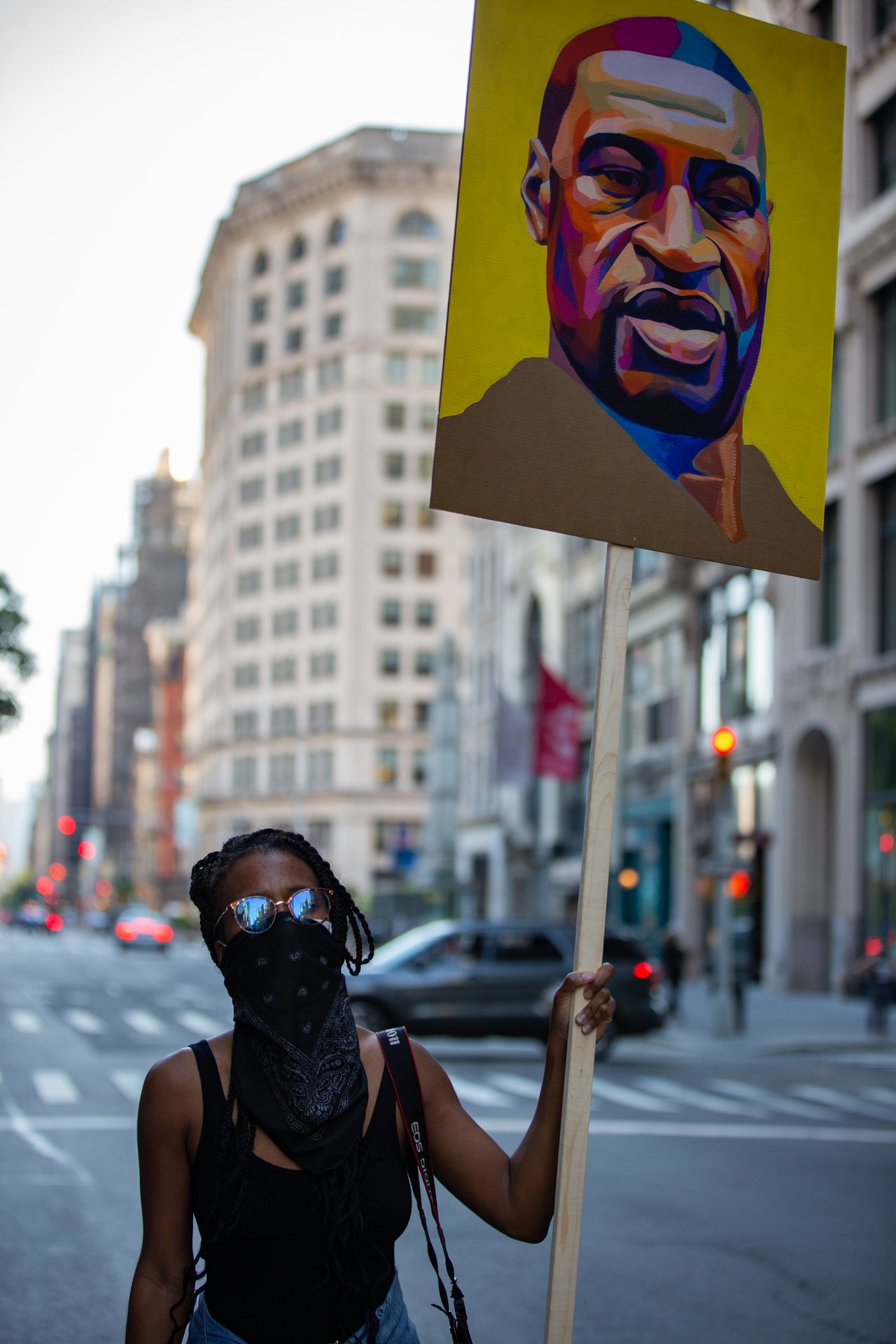What were the key things you learned while capturing the protests, funerals, Black Lives Matter movement, and surely interacting with many different people?
I originally went out thinking that, as a Black man, I was going to show things from my perspective and teach people that weren’t from my community more about our struggles. When I actually got out there, I realized how ignorant I was of the difficulties and struggles of groups that I didn’t belong to, and it made me more aware of where I needed improvement and motivated me to be an advocate for everyone. I think what resonated most with me was the struggles of Black women and individuals in the LGBTQ community. Seeing them out there, in city after city – fighting for people like me – really touched me. I remember thinking how I had never stood up to defend Black women or people in the LGBTQ community the way that they were standing up for me, and I felt ashamed. I knew that I needed to show up in a much better way than I had moving forward.
As a Black man capturing traumatic events in the Black community, what keeps you strong?
To be honest, it’s the “Black man” part that keeps me strong. This really isn’t anything new to us. Black people have been living this story our entire lives. News coverage didn’t make things any different; it just showed the rest of the world what we had been trying to articulate for hundreds of years. I guess the more simple answer to the question is, honestly, I don’t have any other choice but to be strong.
Most would describe your work as activism. How do you define yourself and your work?
I would absolutely describe my work as activism. I consider myself to be an activist/photojournalist. I’m not likely to march with a sign or perform acts of civil disobedience; however, I understand the value of what I do and the importance of there being several different approaches to protest and activism. At the end of the day, we all have a role to play in this movement, mine just happens to be documenting it.
As a photographer, how would you describe the journey, evolution and impact of everything that happened over the past year?
I think that the journey here was a long, difficult, and tumultuous one. I feel that all the coverage and documentation has forced people to pay attention (and act) that would have otherwise been indifferent. I think that we will see very marginal changes in the present day because these issues are far too complex to be solved with policy changes. But, I am honestly very optimistic about what things will look like 10 to 20 years in the future. I think that we are all growing in our awareness of the social issues that affect people outside of our immediate circles and I think that it will translate into how we raise our children. I think that raising children that are more aware and compassionate and seeing how that translates in how they operate in society and, someday, govern will ultimately show the impact of what we’ve done.



